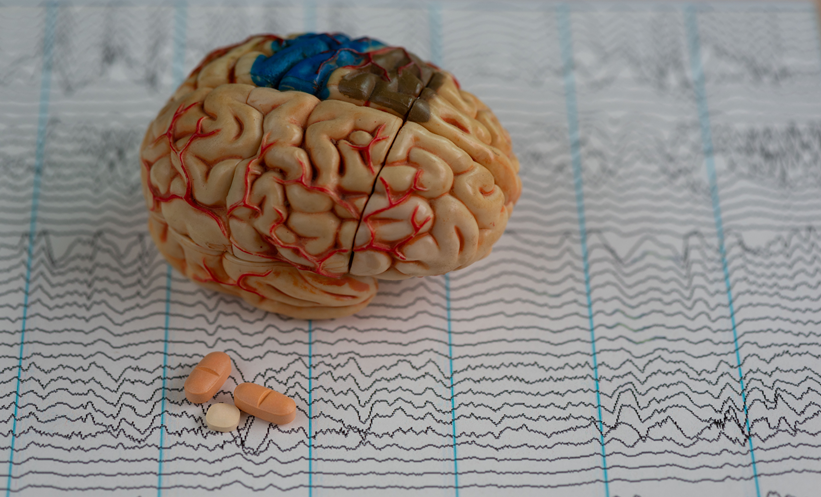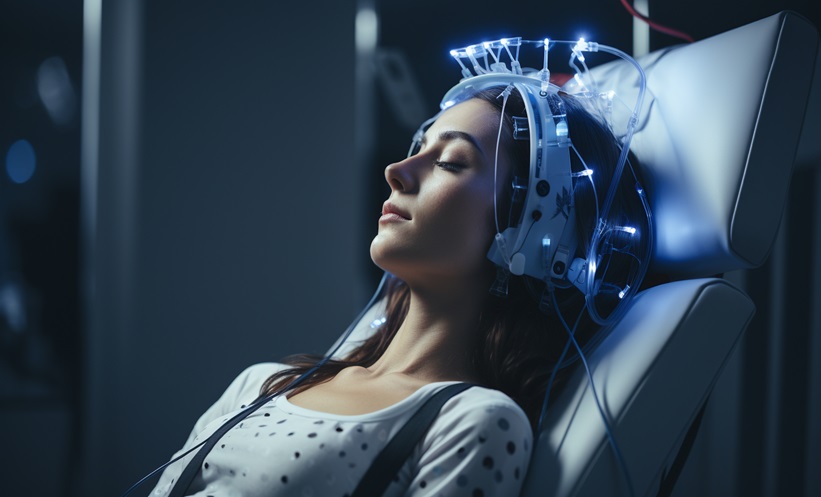INTRODUCTION
UBQLN2 is a member of the ubiquitin-like protein family and plays a critical role in protein clearance pathways including the ubiquitin–proteasome system.1,2 It also functions to modulate autophagy, cell signalling, cell-cycle progression, and cytoskeletal association.2 UBQLN2 mutations cause a small subset of amyotrophic lateral sclerosis (ALS), and ALS-frontotemporal dementia (ALS–FTD) cases.3-6 More widespread is the presence of UBQLN2-positive inclusions in the affected neurons of some familial and sporadic ALS and ALS-FTD cases, indicating a pathogenic role for UBQLN2 in these diseases.1,5-8
CASE PRESENTATION
A 35-year-old female with normal developmental milestones and an unremarkable personal and family history presented with oscillopsia, dizziness, and unstable gait with subacute onset and gradual progression.
The neurological examination revealed mild cognitive impairment, diplopia, dysarthric speech, marked tremor, limb and gait ataxia, along with evident spasticity. In the first 2 years, the patient deteriorated, evolving difficulty in swallowing thin liquids as well as urinary incontinence, fasciculations, and required bilateral assistance for walking.
Blood examinations were notable for iron deficiency anaemia. Cerebrospinal fluid analysis was normal and examination for autoimmune and metabolic diseases was insignificant. Brain and spinal cord MRI scans were normal initially and on follow-up, while the electroencephalographic examination recorded mild diffuse slowness with rare lateralised epileptiform discharges on the right hemisphere without deterioration. A wide panel for antibodies causative of autoimmune and paraneoplastic encephalomyelitis was negative, as well as investigation for underlying malignancy with full body CT and PET scan. Genetic testing for common modalities causing ataxia and/or spasticity showed no pathology. Needle electromyography was consistent with mild denervation in the first dorsal interosseous muscle of the right hand. The patient received first-line immunotherapies, with no amelioration of signs and symptoms.
Whole exome sequencing was performed, revealing a mutation in the UBQLN2 gene in X-chromosome [c.1019G>T (p.Ser340Ile)]. Genetic testing was performed for the patient’s parents, revealing the same mutation in her father, who is asymptomatic at the age of 65 with the same neurophysiologic findings in needle electromyography.
Following the initial deterioration, the patient had a stable disease course at 5-years follow-up and is receiving symptomatic treatment for tremor and spasticity.
DISCUSSION
Studies have revealed that UBQLN2 plays a pathogenic role in X-linked ALS with or without FTD.3,5-7 The course of familial ALS is slower than that of sporadic cases.9 UBQLN2 mutations have been associated with ALS with onset from third to seventh decade, with spasticity, muscle weakness, dysphagia, and dysarthria. Women tend to manifest milder phenotypes, with late onset and decreased penetrance.3,9,10
CONCLUSION
Here is presented a case with clinical features of predominant ataxia with evident spasticity but without muscle weakness, and with stable disease course after the initial progression after a 5-year follow-up. This phenotype has not previously been documented in association with a mutation in the UBQLN2 gene.







